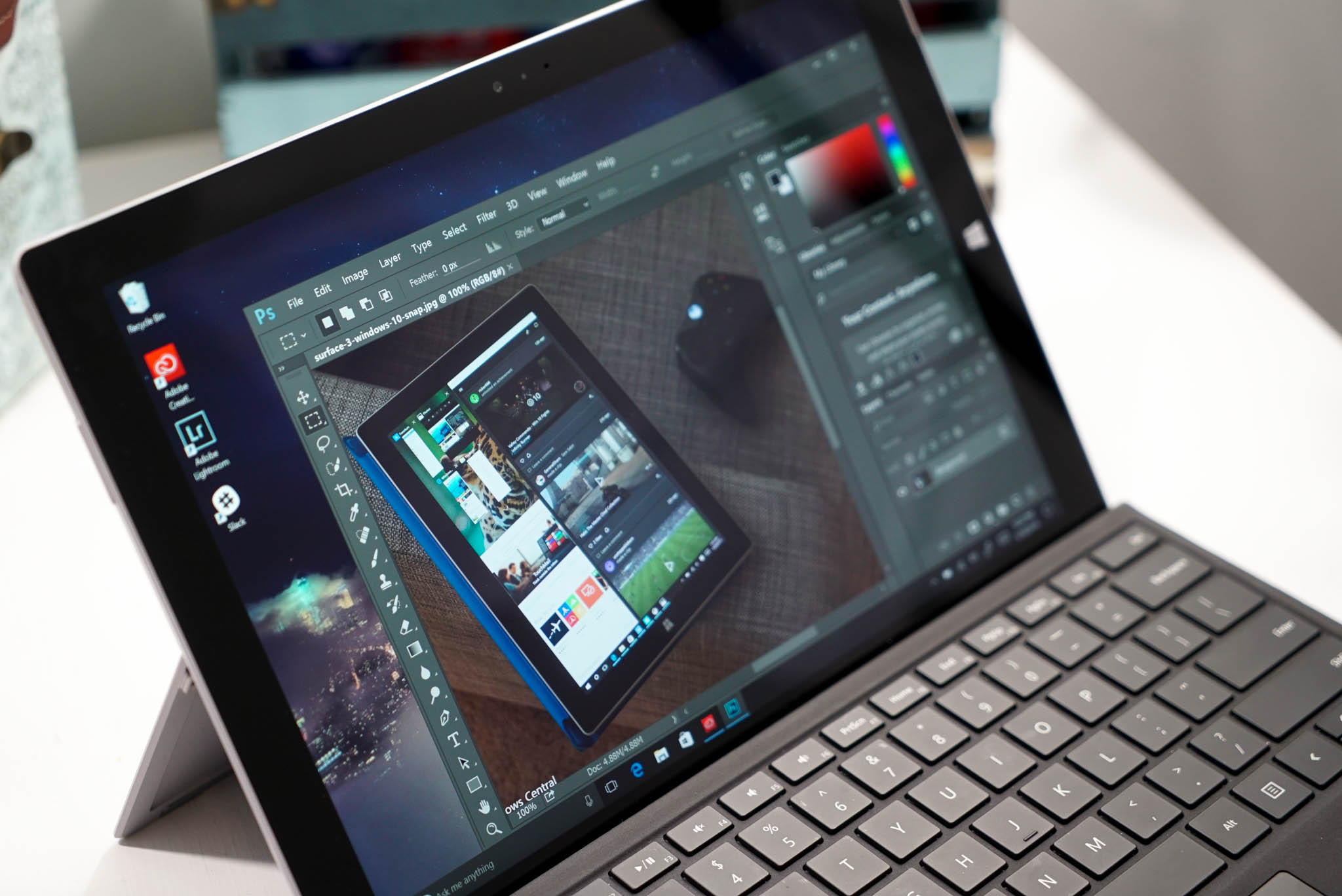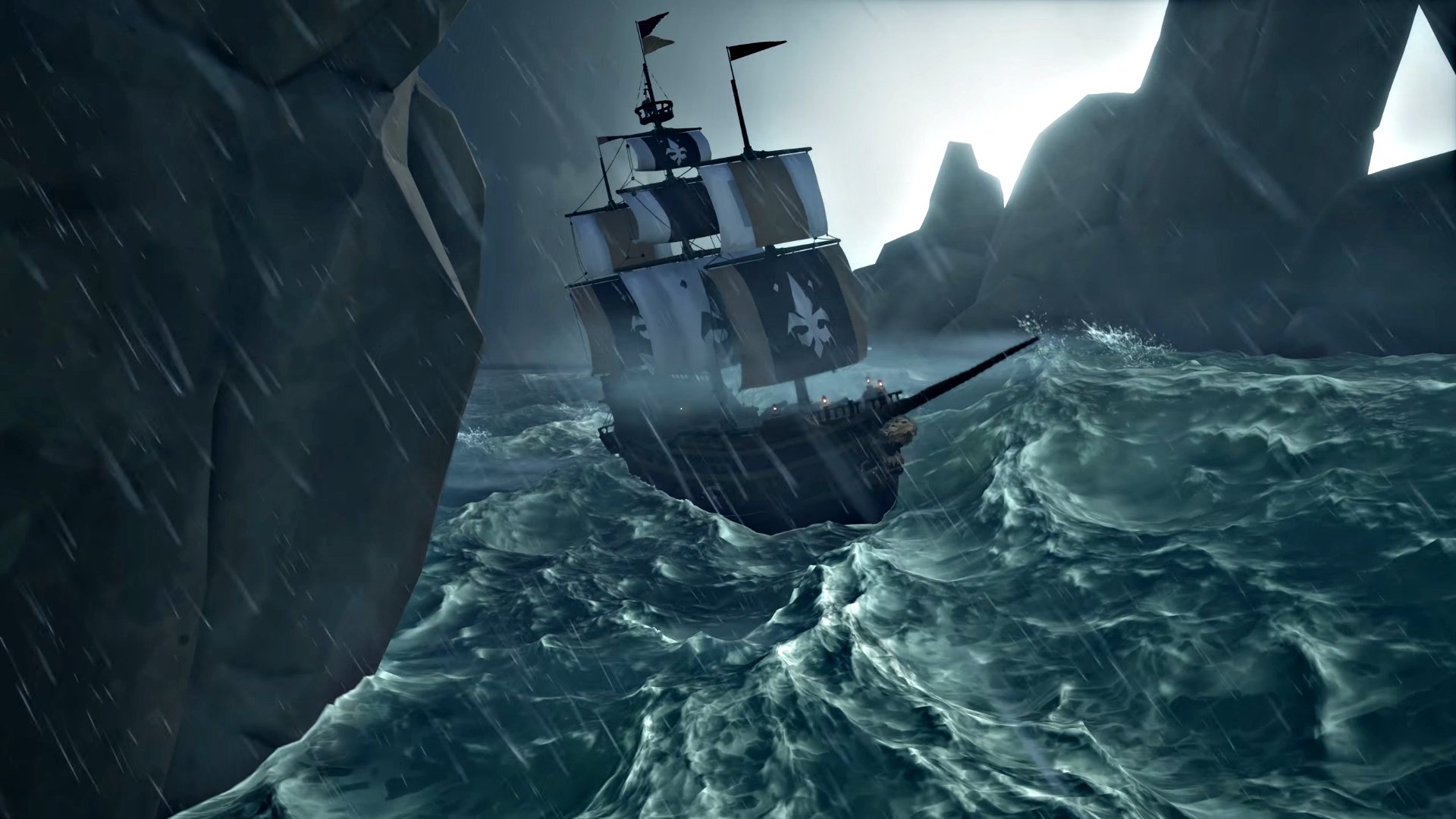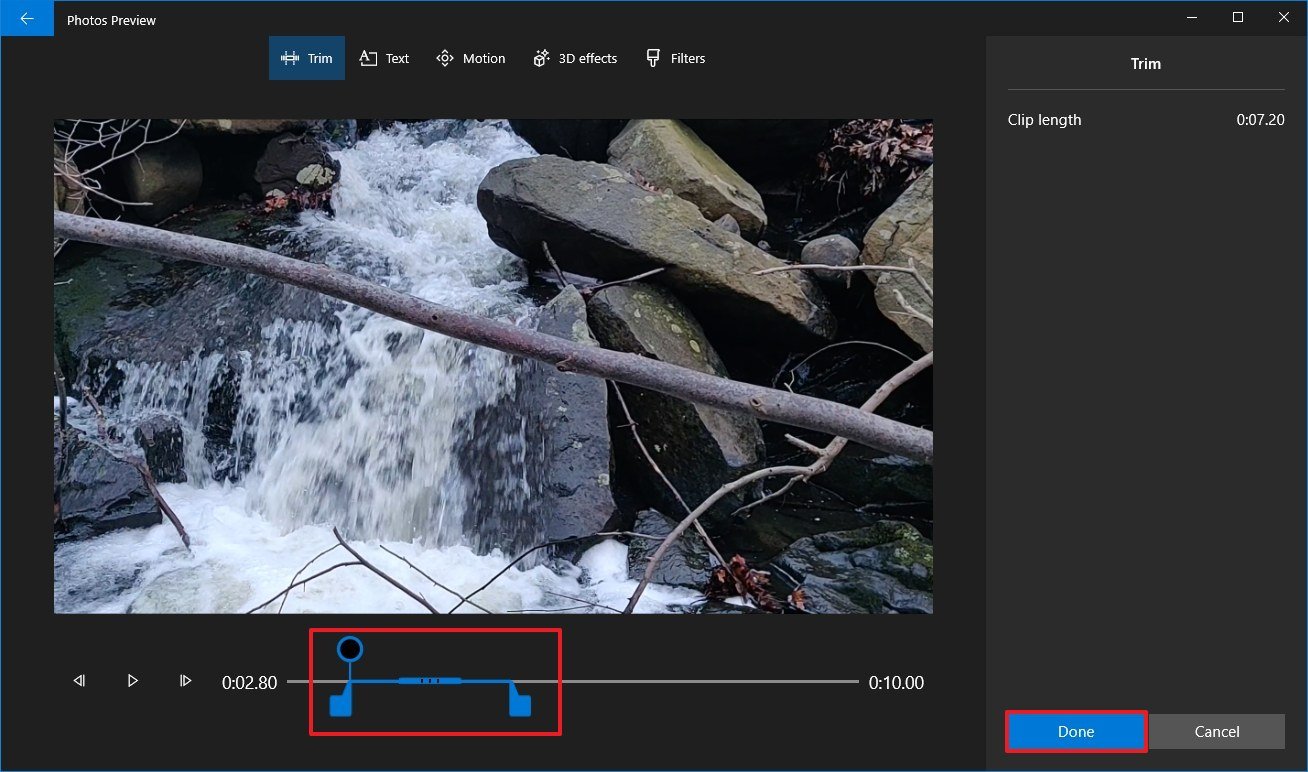Microsoft fails creative kids by not offering affordable alternatives to Adobe CC
As a kid from a poor background who was passionate about cartoons and wanted to be an animator, I was effectively forced into piracy to get the tools I needed to chase my dreams.

As a youngster, I was lucky enough to have parents with the foresight to realize computers were the future of industry. After watching an episode of the UK show "Tomorrow's World," my parents took out a very risky loan to get me and my brother a PC. It had a blistering 8MB of RAM, and a 700MB HDD, rocking Windows 95 in all of its pixellated glory.
Tomorrow's World talked about this mythical creation called the "Internet Superhighway," where info could be shared instantaneously around the world, upending basically every industry on Earth. They talked about touch screen devices, mobile computers, and various other innovations that would make much of what we know about work and play obsolete.
BBC show "Tomorrow's World" used to showcase cutting-edge tech.
I can't thank my parents enough for getting me us that PC. My life probably would have turned out extremely differently had they not done so. Thanks to Windows and the internet, I was able to learn skills that I'm not sure are taught in any meaningful way even now in UK schools, from web design, networking, video editing, and much more. As a kid from a poor background, I had to "bend the rules," a little bit to get those skills, though.
Yohoho and a bottle of rum

The downside of being one of the early adopters of the internet as a youngster in the 90s, ultimately, was that it made regular school extremely, extremely boring. Our I.T. classes that focused on "How to Copy and Paste in Word" and "How to doodle a cat in MS Paint" fell slightly short of what I was already learning at home, with HTML and eventually CSS at the fore. Using websites like LissaExplains.com and kids' site NeoPets.com's HTML tutorials, I had a rudimentary understanding of what I wanted to do later in life: make websites, build audiences, and entertain people.
There was no YouTube back then of course, but some small video hosting websites had sprung up. Newgrounds.com was one such website, and to this day, features tons of games and cartoons from users around the world. I wanted to learn how to make animations, and make them I did — poorly, but hey, it was something.
I also begun my journey into web design using a free tool Microsoft used to include with Windows, called Frontpage, which gave you a bare-bones GUI for making websites.
Get the Windows Central Newsletter
All the latest news, reviews, and guides for Windows and Xbox diehards.

I had the basics of web design down, but what about cartoons? The Newgrounds community were using magical tools called Macromedia Suite to design websites and make animations, using tools like Macromedia Dreamweaver and Flash. They were shiny, comprehensive, powerful, and ... very expensive.
As a kid with no income, from a family with limited financial resources, piracy was effectively my only option if I was going to bludgeon my way to my goals of becoming a world-renowned animator. And that was back when you could buy software to own it. An insane concept, I know. Someone literally burned and mailed a copy of their Macromedia Suite for me to use.
I was a lucky kid. I had a PC with the means to run powerful tools, and lived in one of the first cities in the UK to get internet access. Many kids around the world are nowhere near that lucky, particularly outside of North America and Western Europe.
I didn't end up working at Disney, but I did build websites that featured cartoons that entertained tens of thousands of people, across our own little site and Newgrounds too, which gave me the skills that eventually led to me working here, writing this article.
Some of my earliest cartoons from my mid-teens, now "borrowed" onto YouTube with hundreds of thousands of views.
To get there, kid Jez had to effectively steal software from companies that charged rather high prices to access cloud software. In adult life I was able to afford picking up these software packages legitimately, but at these prices the vast majority of families couldn't even dream of being able to pick them up, especially for their kids. Without early access to these tools, I'm not sure I would have managed to claw my way out of a life with minimum prospects, as someone who simply, for whatever reason, couldn't deal with mainstream education.
What are Adobe and Microsoft doing now?
Microsoft has some excellent educational programs for schools and students, with Minecraft Edu's accessible coding courses available for a relatively cheap price, at $5 per user per year. Minecraft Educational Edition has a wealth of lessons across STEM packages with some deep learning experiences for programming, all available through the Minecraft Edu website.
Adobe also offers all of its apps to students for $20 per month for the first year, moving up to $30 per month after. It's regularly priced at $53 per month. Both services require affiliation to some form of an educational institution, though, potentially locking out youngsters like my past self who may not have "gelled" with mainstream schooling systems.
Piracy is not a route any kid should be forced to explore, especially in 2020, where the desire for free or cheaper software licenses creates an environment ripe for exploitation, malware, and phishing. Could Microsoft be doing more here?
Where are the built-in creative tools for Windows?

I'm not suggesting that Microsoft should go out and make a full Adobe Suite-lite for Windows by any means, with Dreamweaver and Adobe Animate, etc., but we don't even have a credible video editing suite on Windows. Apple's iMovie on OSX is miles ahead of Microsoft Photo's rudimentary features, with no meaningful updates in ages. Even inShot on Android is better than Microsoft Photos for making videos. Microsoft's promising Paint 3D tool seems to be effectively on hiatus as well.
It really does feel like Windows isn't oriented around creativity when you consider the lack of homegrown software.
Our Exec Editor Daniel Rubino has previously written about how the lack of video editing options on Windows leaves many creative types feeling "locked in" to Apple, owing to its popular Final Cut Pro software, which is a buy-it-to-own affair, far cheaper over time than Adobe CC, even when you consider student pricing tiers. But sure, people from poorer backgrounds like mine likely aren't even considering MacBooks as an option, but that doesn't mean Microsoft should simply wash their hands of including similar features in Windows.
I think if Microsoft doesn't want to create its own creative tools, it should cut some form of deal with Adobe to have some pre-installed "Lite" versions of its software on Windows to offset the gulf.
It really does feel like Windows isn't oriented around creativity when you consider the lack of homegrown software, leaving kids to yearn for expensive Apple devices or down the route of piracy for Adobe Suite, and that's a bit of a shame. The Surface Go 2 would be an ideal affordable alternative for many, but it simply doesn't have the affordable tools to match. Why?

Jez Corden is the Executive Editor at Windows Central, focusing primarily on all things Xbox and gaming. Jez is known for breaking exclusive news and analysis as relates to the Microsoft ecosystem while being powered by tea. Follow on Twitter (X) and Threads, and listen to his XB2 Podcast, all about, you guessed it, Xbox!
